Average sizes and life expectancy for this breed:
The sweet and cuddly Coton de Tulear is a smart, happy-go-lucky little dog breed that originated in Madagascar and is related to the Maltese and the Bichon Frise. Cotons, as they are affectionately known, are adaptable, loving dogs that generally get along well with everyone – including children and other dogs.
They can be happy living in an apartment in the city and larger homes in the countryside. Just make sure not to leave them alone for long periods of time because it won’t be appreciated!
The sweet-natured Coton de Tulear thrives in human company. So, expect these affectionate dogs to follow you from room to room, lie at your feet, or join you on a ride to your favourite coffee shop. The Coton de Tulear is at its happiest when by your side.
The Coton de Tulear was never bred to be anything other than a devoted canine companion. So, they tend to be very in tune with their masters, listening intently to your words and always eager to please. Moreover, these dogs are a good option for people who suffer from allergies as they shed very little and have low dander.
See available puppies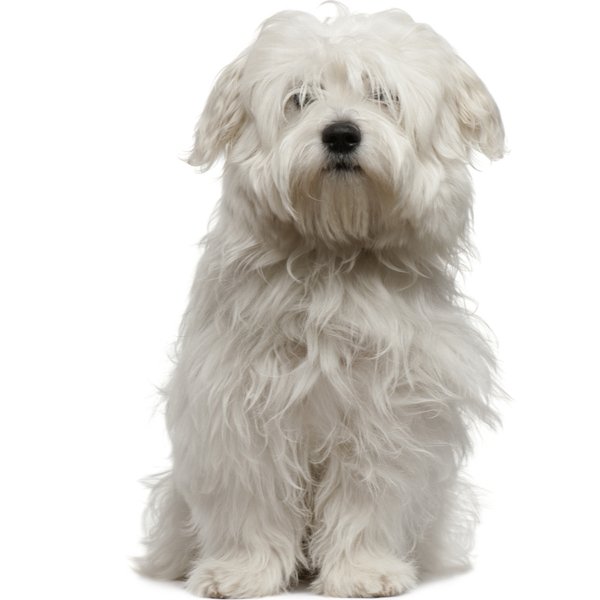

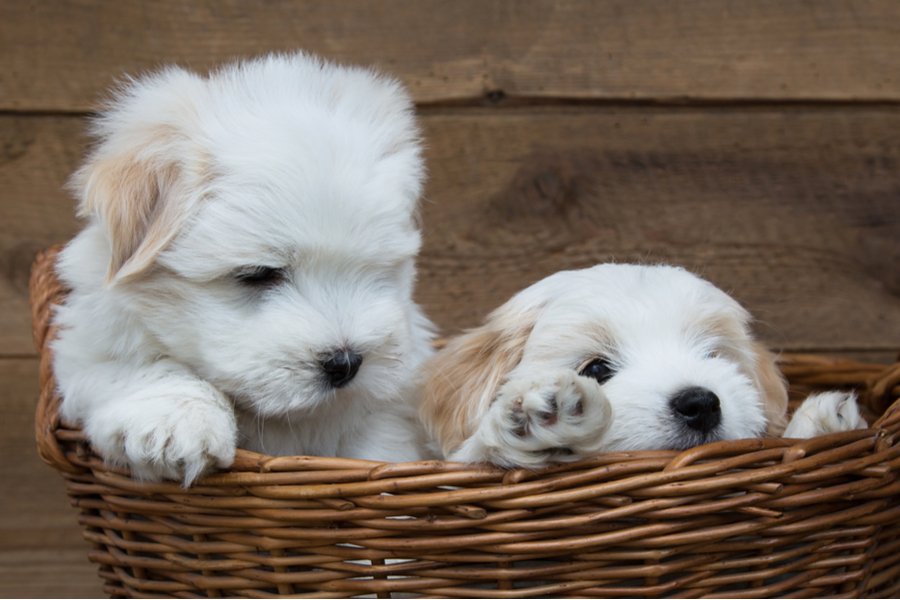


The Coton de Tulear is known to be the Royal Dog of Madagascar. While their exact origin is shrouded in mystery, they are believed to be descendants of little white dogs that arrived in Madagascar in the 16th century, following a shipwreck that killed all men on board. In the beginning, these dogs roamed the jungle, scavenging, and hunting to survive.
It wasn’t until the 19th century that the ruling tribe of the island, the Merina, took note of these charming canines. They stated that only royals were allowed to own one of these dogs, which marked the beginning of their connection with royalty and people of high status.
Their nickname “Coton” was given to them because of their soft, fluffy white coats that are very similar in texture to cotton.
No dogs could be exported from Madagascar until the 1970s and only very few selected people were allowed to take the Cotons off the island with them.
However, from the 1970s onwards, the Coton de Tulear was introduced to other countries, starting with France, Belgium, and then America. The first breeding program for these dogs in America was started by Jay Lewis Russell after he discovered the breed from his son, who conducted multiple anthropological research expeditions in Madagascar. Russell also founded the Coton de Tulear Club of America in 1974.
Despite their popularity, the breed was not recognised by the American Kennel Club until 2014 because there were so few breeders.
In 1990, they were first recognized as a breed by The UK Kennel Club. Today, these charming little dogs are becoming more popular outside their native Madagascar, including in the United Kingdom. However, they remain a relatively rare breed.
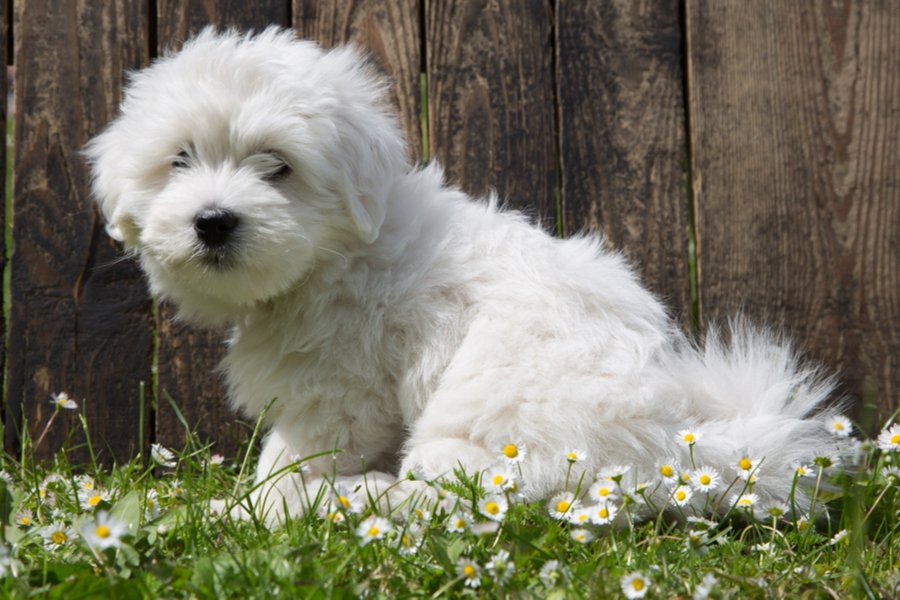
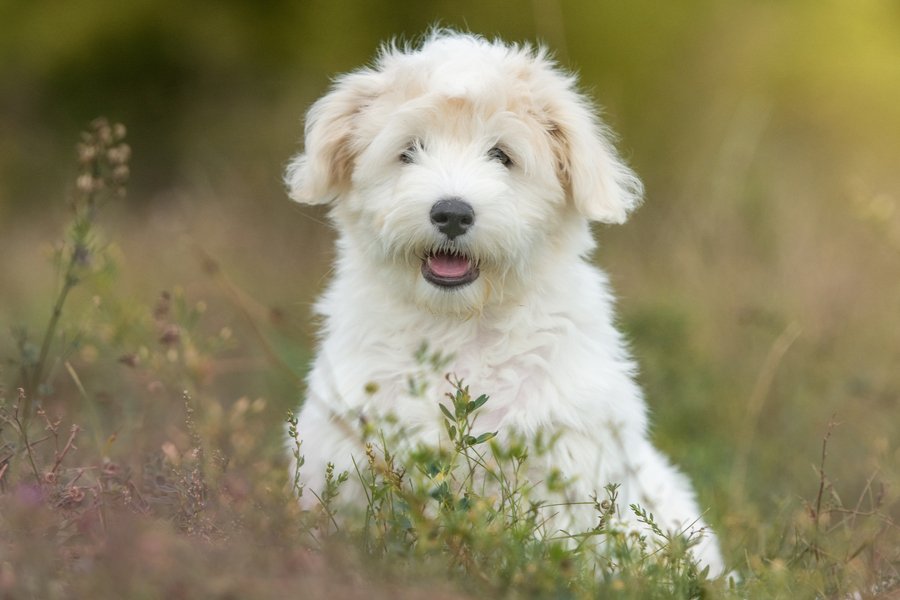
These charming little dogs look similar to the Bichon Frise as they also boast pure white, fluffy coats. Their large eyes are round, dark, and very expressive which adds to their endearing appearance. Their forefaces are pretty short and have a slightly rounded skull that appears triangular from above. The skull is also relatively wide compared to its length. These dogs have a slight stop and a beautiful black nose.
Their ears are slender and set high on the head. They are well-covered with long, fine hairs. In addition, they have strong jaws with a perfect scissor bite.
These dogs have relatively long necks that are slightly arched. They have well-laid-back shoulders and straight front legs. The bodies of Coton de Tulear are quite compact, boasting a good depth to the brisket. Their bellies are moderately tucked up. A slight rise over their loin can be seen, and their strong back legs are well-muscled. Their paws are small and round with black pads.
Cotons have well-feathered tails that taper to the tip. They are carried low when the dog is at rest. When they are alert, the tail is carried higher and level to their back.
These dogs have pure white coats that are slightly wavy and very soft to the touch, like cotton. Slight shadings of light grey, apricot, and fawn are allowed under the breed standard as long as the white colour remains prominent. Younger dogs and puppies can have higher levels of colour.
The Coton de Tulear is an intelligent, playful dog breed that thrives in human company. They enjoy being busy and love playing interactive games with the family. These affectionate dogs form strong bonds with their humans and are always eager to please them. With the right environment and handling, these dogs are relatively easy to train, especially if positive reinforcement methods are used.
Cotons are very people-oriented, so they don't like being left alone for long periods. These dogs are very susceptible to developing separation anxiety. They make excellent family pets and canine companions for families where someone is home for most of the day. Another interesting trait of the Coton de Tulear is their love of water. Many individuals will adore a good splash about or a swim but of course, this varies between individuals. Always make sure your Coton is supervised around water to prevent any incidents.
It’s worth noting that these charming little dogs can be very sensitive and because of this, they do not like being in overly noisy environments. Coton de Tulear dogs tend to be a little wary around strangers, but they rarely show any sort of aggressive behaviour. Instead, they tend to keep their distance and bark.
Coton de Tulear dogs are an excellent choice for novice dog owners. However, you do need to understand the grooming needs of this beautiful breed because they are fairly high maintenance.
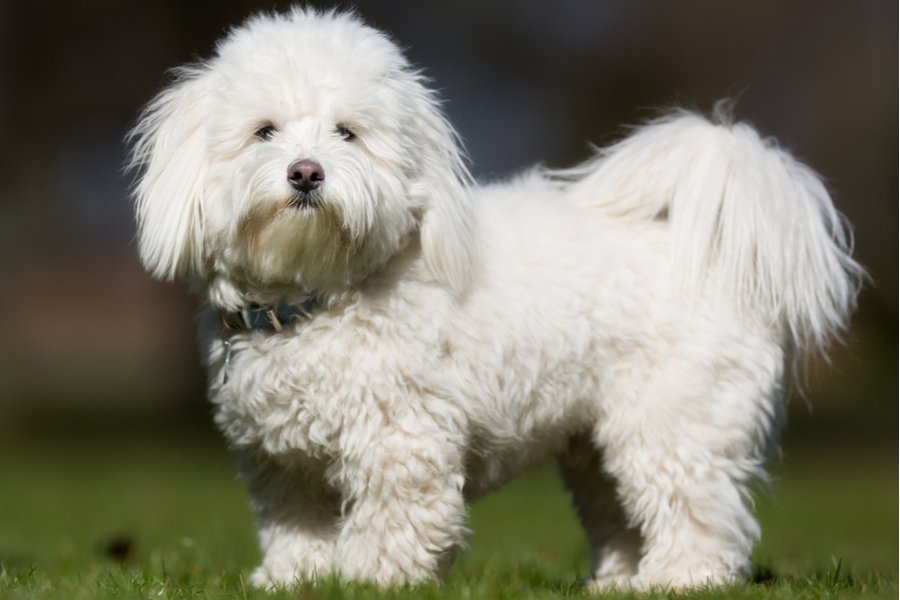
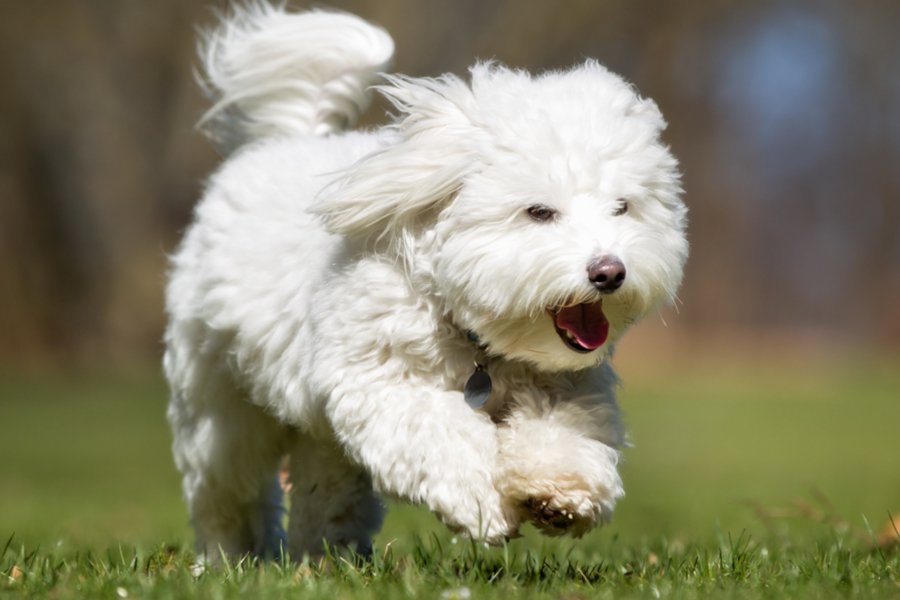
The Coton de Tulear is a highly intelligent little dog. They are always eager and willing to please their human companions. In the right hands, they are very easy to train and quick to learn new things. However, because of their sensitive natures, these dogs do not respond well to harsh correction or heavy-handed methods of training. This can lead them to become shy and timid. Cotons respond best to positive reinforcement. Make sure to keep their training and education consistent, so they understand what is expected of them.
Coton de Tulear dogs enjoy playing interactive games. So, this is a great way to teach them new tricks and commands. Remember that playtime can involve training too!
A Coton de Tulear can be successfully toilet trained at any age as long as you are willing to put in the effort. However, the best age to start is between 8 and 12 weeks of age.
Coton de Tulear dogs have long, cotton-like coats that need regular grooming to remain in good condition. Brush your dog at least 3 times a week, however daily brushing is best. Use a pin head or slicker brush to prevent any mats or tangles from forming. It’s also worth noting that some of these dogs can suffer from skin issues, including allergies. So, speak to a vet if you notice your dog is continually scratching or if you notice any redness or sore areas.
Furthermore, it’s recommended that these dogs are taken to a professional groomer several times a year. This will make brushing and coat maintenance much easier in the long run.
Daily teeth brushing is the best option to prevent tooth and gum diseases and bad breath. However, brushing twice a week is sufficient enough to avoid any bacteria or tartar accumulation. Call your veterinarian for advice about the best products to use to keep their mouth, tongue, teeth, and gums clean.
In addition, regularly check their ears for excess wax and dirt buildup. Because their ears hang down over the head, Cotons can be susceptible to developing ear infections. So, make sure that the ears are kept dry and moist-free, and pay close attention to the ears after bathing or swimming. Regularly use a clean cotton ball or cloth with a vet-approved ear cleaner to lightly wipe the outer part of the ears. If you notice your dog shaking their head or scratching their ears more often than normal, call your veterinarian immediately because these can be symptoms of an ear infection. If an ear infection is left to fester, it can become much harder to treat.
Coton’s nails must be trimmed frequently to prevent overgrowth because this can become painful. Moreover, as you cut their nails, examine their paw pads to check they are free from cuts, swelling, and any redness.
Lastly, inspect the whole body during grooming sessions for any signs of soreness, irritation, or injury. Check their eyes too, to see if they are clear, clean, and free from irritation or discharge.
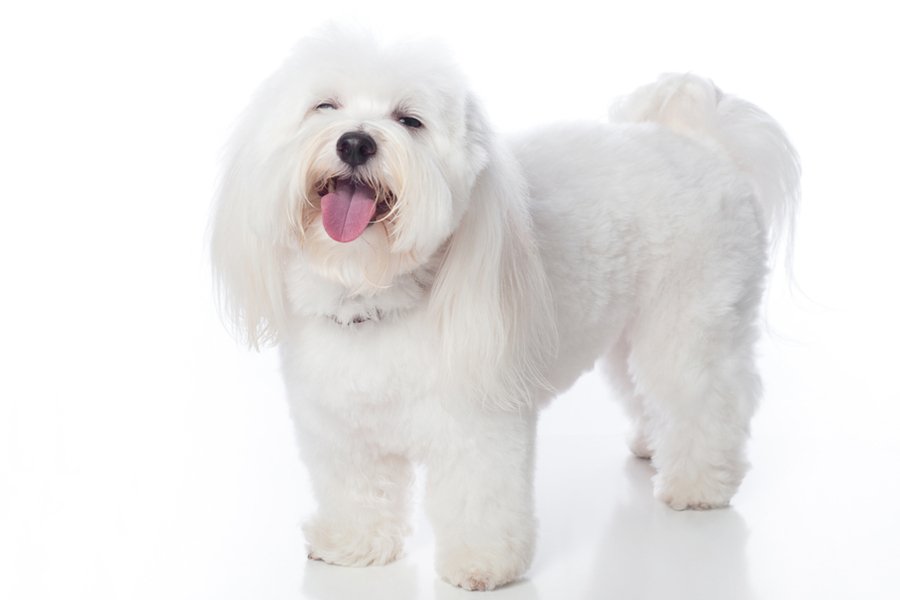
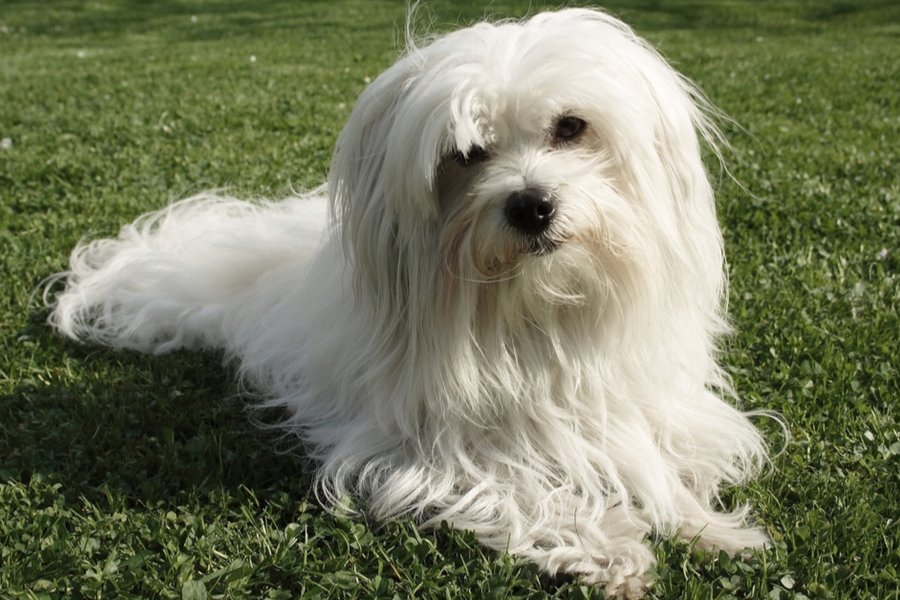
The Coton de Tulear is known to be a healthy, long-lived breed as long as they are adequately cared for and fed on a high-quality diet that is tailored to their needs. However, like all breeds, they are susceptible to developing certain conditions. When purchasing a Coton de Tulear, make sure you only do this through a reputable breeder. This will ensure that your puppy has been appropriately weaned and socialised. A good breeder will also be able to check for any hereditary health conditions.
Some of the health conditions seen in the Coton de Tulear include:
These charming and affectionate dogs are known to be very good with children of all ages. However, it’s still best to supervise all interactions to ensure play time remains calm and no injuries occur. Remember the Coton de Tulear dogs can be sensitive to loud noises.
A Coton de Tulear will also get along well with other dogs, especially when they have been well-socialised from a young age. In addition, they are generally good around cats. Saying that, you must make sure any introductions are done slowly to allow your pets the time to get to know each other. These dogs have a history of being natural hunters in the Madagascan jungle so it's best not to leave them alone with smaller pets such as rabbits and guinea pigs.
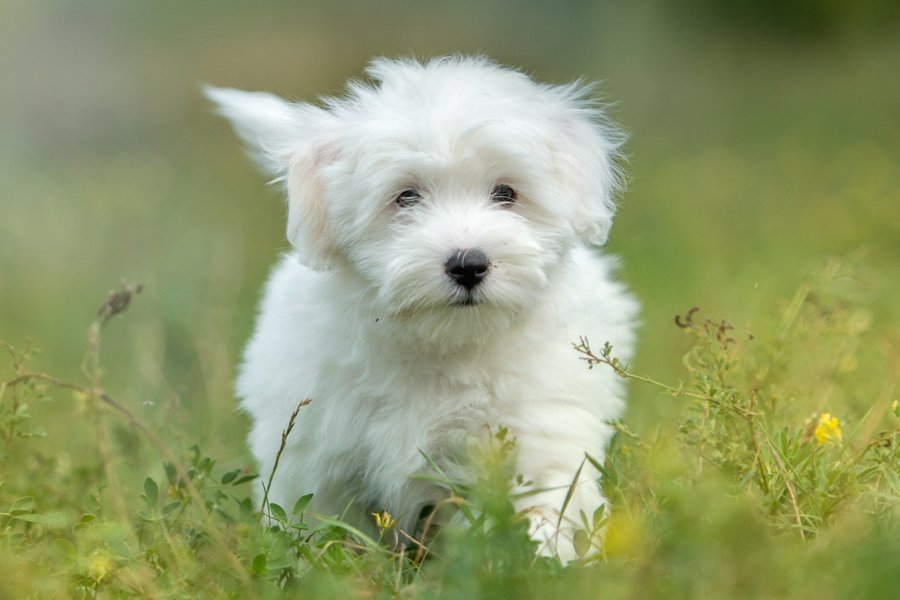
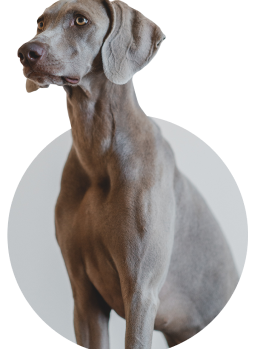
We can connect you with Breeders that are specialized in this particular breed.
See available puppies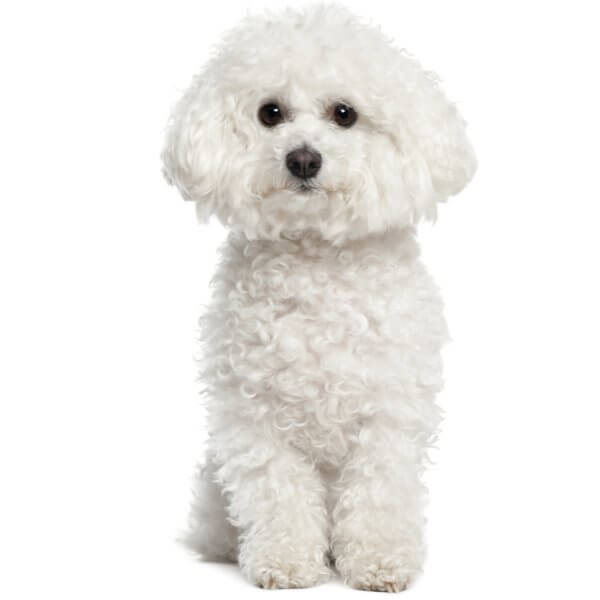
Spain
Size : Small
Coat : Long
Registration : KC, FCI, AKC
Exercise : 30 minutes
Training : Medium
Grooming : Twice a Week
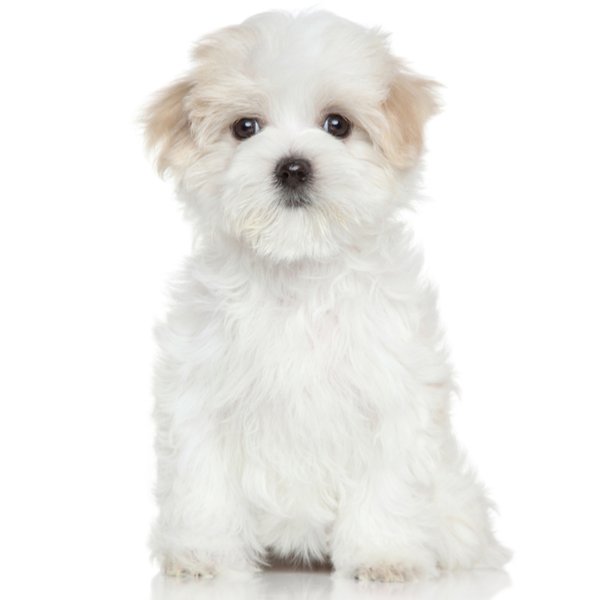
Malta
Size : Small
Coat : Long
Registration : KC, FCI, AKC
Exercise : 30 minutes
Training : Medium
Grooming : Twice a Week


Need some advice?
Whether you're a first time pet owner, an experienced pet owner, a new or long-time breeder, or just curious about pets, we've got you covered!

January 17, 2024
What Is The Personality Of Russian Blue Cats?
Russian Blue cats are most known for their distinctive shimmery blue-silver coat and piercing green eyes. However, this breed’s calm and gentle temperament is what makes them shine the most in the feline world.

January 17, 2024
10 Facts About Russian Blue Cat Breed
Russian Blues are one of the most aesthetically stunning cat breeds, with a gorgeous plush silvery coat and vibrant green eyes. However, it’s not only their appearance that is beautiful; their nature is too.

January 17, 2024
How To Choose The Right Cat Breed for You
Cats can make the most fantastic animal companions; they are adorable, friendly, and loving. However, not all felines are created equal. There are many different breeds, of which each has its unique personality traits.
Need some help?
Contact us to speak to our friendly advisor, who will gladly help you find your dream pet!



We are registered in England and Wales under registration number 12568840,
and our registered office is at 58-60 Kensington Church Street, W8 4DB London, England.
© 2023 The Pedigree Paws